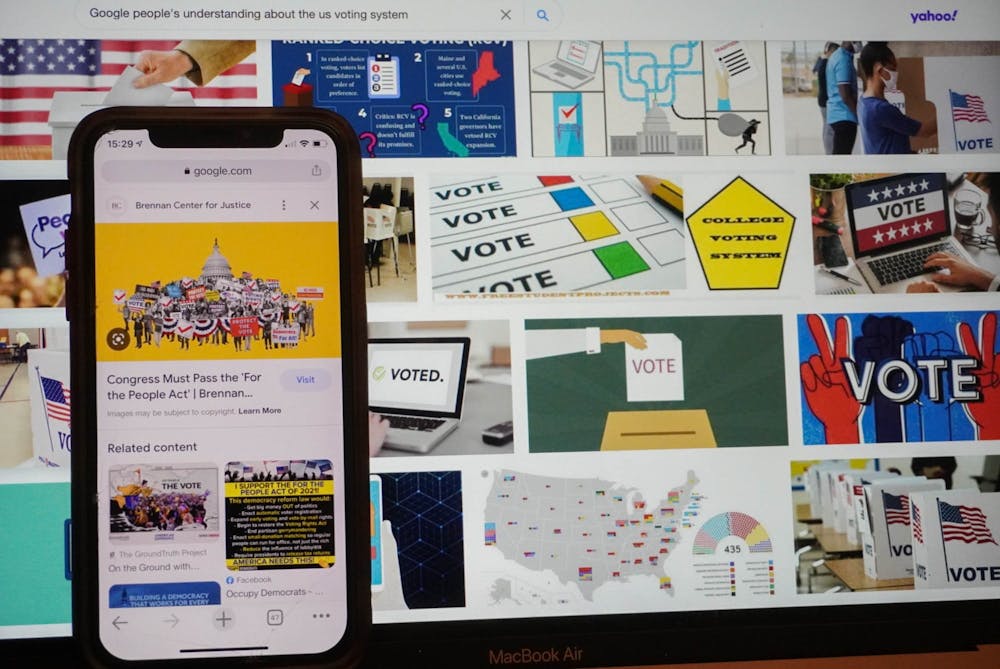This article is the journalistic equivalent of those anti-smoking ads with the old people saying “I smoked 17 packs a day and it ruined my life. Don’t smoke, kids”. I have FiveThirtyEight's polling averages pulled up right now. I am addicted. It's not healthy.
So why am I telling you to not look at election polls?
Well, there's a Mark Twain quote that goes like this: “There are three kinds of lies: lies, damned lies, and statistics." (Okay, it wasn’t actually Mark Twain – it's complicated. Google it.)
That’s a bit of a misnomer. Numbers don’t lie, but people do. Polling is weird and if you just look at the toplines — the big numbers that tell you how much support each candidate has — you just aren’t getting the full picture.
Polls act as a snapshot of a modeled electorate, so there are a few things you need to take into account.
Who the pollster is, how they decide likely voter screens, the partisan breakdown of the modeled electorate, sample sizes, how they conduct the polls and the questions they ask all impact the outcome of the poll.
A single poll doesn’t really tell you anything. Is a poll that shows a six-point lead for one candidate while most are showing them behind by three an inaccurate outlier or a sign of a momentum shift? Better yet, is it a sign the polls are making a systematic error in modeling the electorate?
Even aggregated polls can be drastically wrong. RealClearPolitics' polling average gave Trump a one percent lead in Ohio in the 2020 presidential election. If the polls were accurate, we’d expect that the margin of victory would be somewhere between Biden by three percent and Trump by five.
Trump won the state by just over eight percent – three percentage points over this prediction.



